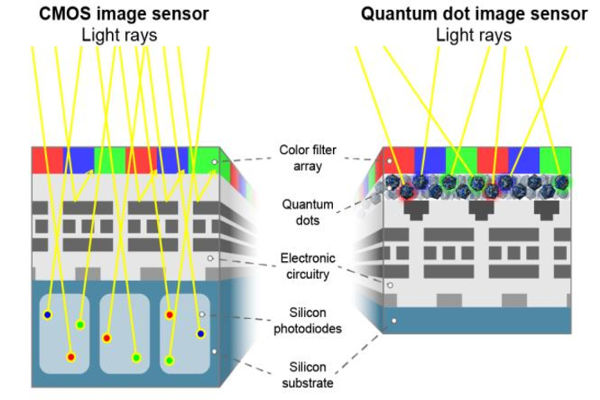Swiss innovation center CSEM, together with Dutch deep-tech startup QDI Systems, has created what they say is the first-ever image sensor that can convert X-rays directly into electronic signals using quantum dots on a CMOS chip.
This new method allows for compact, affordable, and scalable imaging across a wide range of light—from X-rays to visible light and short-wave infrared (SWIR). It has potential uses in safer medical imaging, advanced industrial inspections, and smart recycling processes.
The sensor is made by spray-coating quantum dots directly onto standard CMOS chips. This direct conversion removes the need for bulky and expensive components like scintillators or hybrid bonding, enabling lighter, more cost-effective sensors, according to CSEM.
Developed as part of the SWISSMODICS project funded by the EU’s Clean Sky 2 initiative, the sensor was initially intended to be embedded in aircraft to monitor internal damage without needing to take parts apart. However, it now shows promise for many industries requiring wide-spectrum imaging.
Technically, the sensor offers direct X-ray detection with high detail, sensitivity across a broad range of wavelengths (400 to 1300 nm), including visible and infrared, and nearly full pixel coverage for efficient power use and image quality.
By merging quantum dot technology with mass-producible CMOS platforms, this sensor combines high performance with affordability, opening new possibilities for portable X-ray devices, mammography with lower radiation exposure, non-destructive testing in aviation and manufacturing, and SWIR imaging for agriculture and material sorting.
Nadim Maamari, CSEM’s Edge AI and Vision Systems group leader, called it a major leap forward for multispectral imaging, breaking cost and size limits to bring advanced imaging to markets that couldn’t afford it before.













